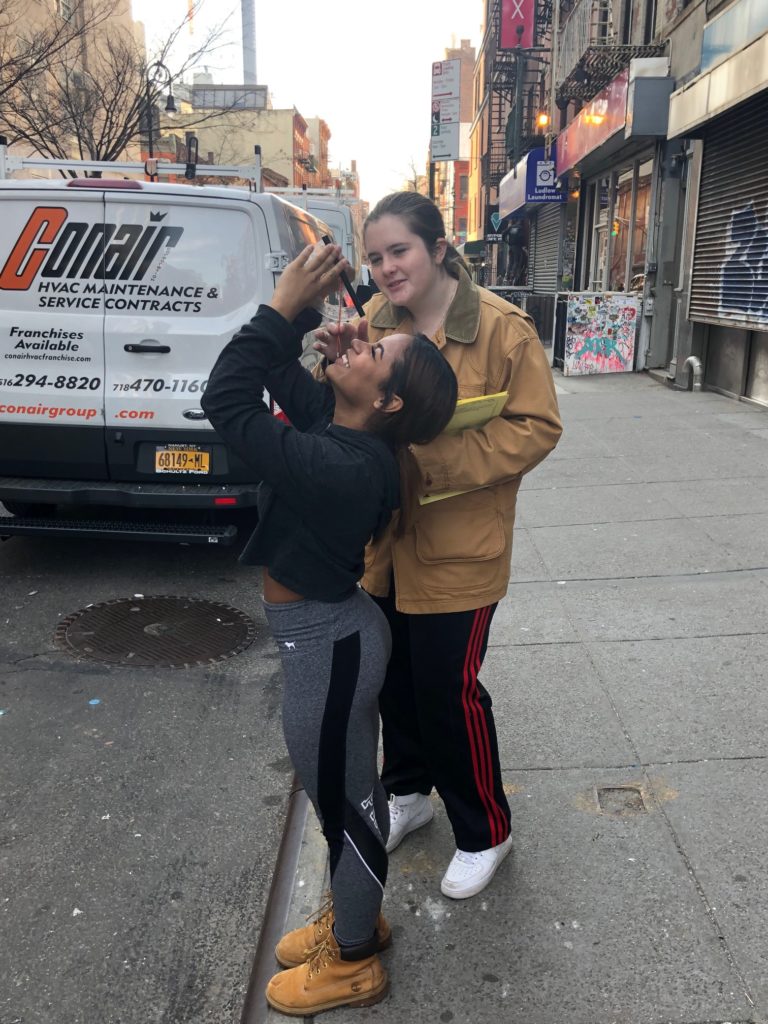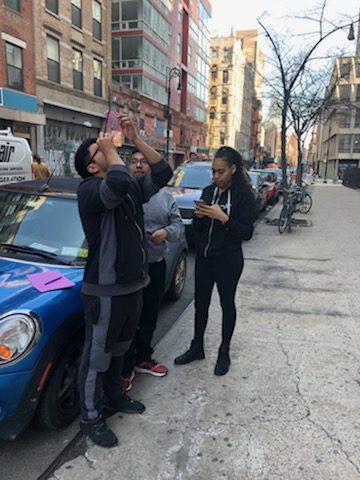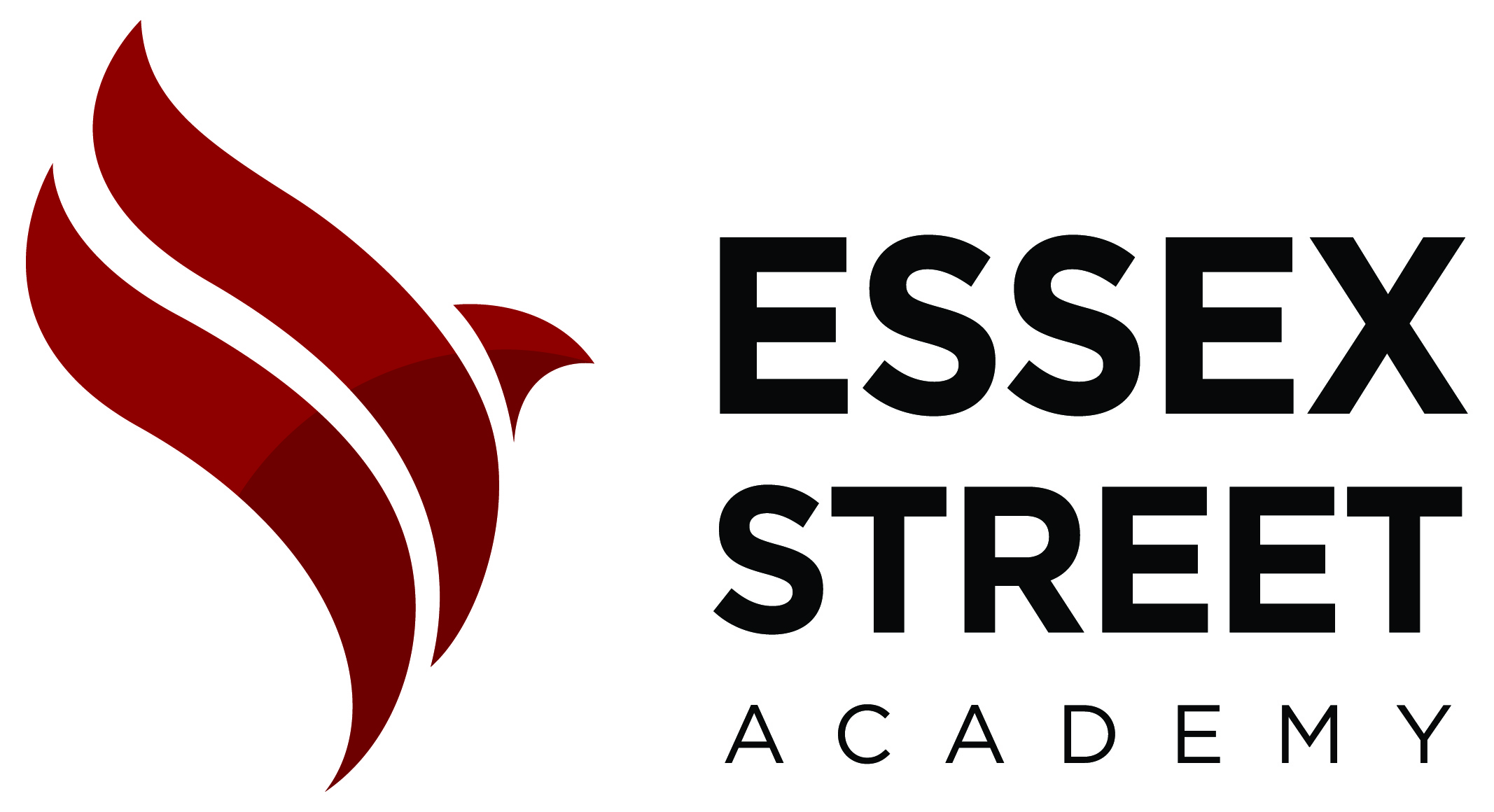As I develop drafts of projects for my students, I am constantly thinking about ways to inspire THEM to do the thinking. If I give them a project filled with steps, am I robbing them of the decision-making workout that we need as adults to thrive in this world? If I tell them “do this,” are they no longer curious, or no longer hungry for question of interest?
In this first project of the semester, students are trying to explore the question of “How Tall Is Seward Park?” I want them to see that trigonometric ratios are the answer, but I don’t want to tell them they must use trig. How many possible ways are there to measure the height of this building?
Students have had a number of reflection opportunities to decide on strategies to use. Some asked to use their iPhone measure feature. Some asked to go to the roof and dangle a gigantic rope from the top (we don’t have any that are long enough to go down to the floor). Some asked to call an architect.
So we did. Or we entertained those ideas, and then I literally called up an architect.
Thanks to a fellow colleague, Liz, I was able to connect with an architect who was able to give us expert advice on how to practically measure the heights of tall buildings. (Suffice it to say, architects really DO use thousand-foot long ropes to measure tall buildings, but they are hard to come by.)
From here, we developed different strategies that turned into procedures, and eventually, turned into real tools that helped us collect data. (As a class, we experimented and made inclinometers to help us collect angle measurements.) We performed trigonometric ratios to help us solve for missing sides. Along the way, we used “blue books” (remember those terrorizing exam booklets from college?) to help gather our thoughts for reflection along the way.


Another group collecting their data….they seem to think that the iPhone measure app is a precise option. Maybe it is?
My hope is that students can use meaningful reflection opportunities, authentic context-builders, and expert resources to help them with their essays, which will be structured more as solution reports. Stay tuned for more information, where students will evaluate their strategies and their limitations in using these strategies!

